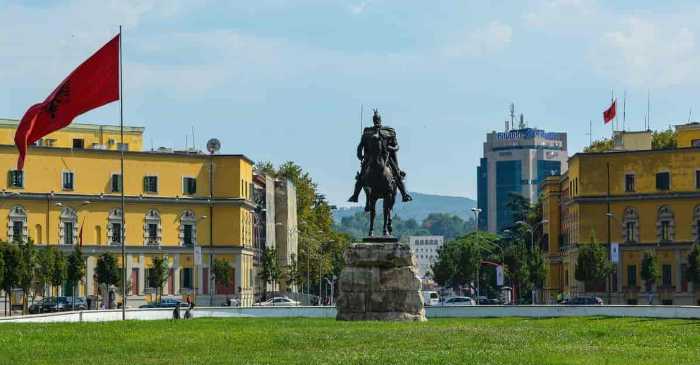
Tirana
AlbaniaTirana, the vibrant capital of Albania, pulsates with a unique energy born from a fascinating, often tumultuous history and a resilient spirit that’s painting the city in increasingly brighter hues. It wasn't always the definitive heart of Albania; for a brief period in the early 20th century, after the country declared independence, the coastal city of Durrës held the capital status, a detail highlighting the nascent nation's search for its center. Yet, Tirana's central location ultimately solidified its role as the nation's dynamic hub. Consider this: Tirana's cityscape underwent a remarkable transformation in the early 2000s under the leadership of its former mayor, Edi Rama, an artist by trade. He initiated a project to paint the city's drab, Soviet-era buildings in vibrant, bold colors and abstract patterns. This initiative, intended to inject life and optimism into the post-communist capital, has given Tirana a distinctive and somewhat whimsical appearance, a visual representation of its shedding its grey past for a more colorful future. Intriguingly, the very name "Tirana" has several debated origins. One theory links it to "Theranda," an ancient Greek and Latin term for the area, suggesting a long history of habitation. Another posits a connection to "Tirkan," the name of a castle in the nearby Dajti Mountains during the Byzantine era. A more romantic, though perhaps less likely, explanation attributes the name to Sulejman Pasha, the Ottoman general credited with founding the city in the early 17th century, who supposedly named it after Tehran in Persia (now Iran), where he had previously served. Another fascinating aspect of Tirana lies in its complex architectural tapestry, a visual timeline of its shifting political landscapes. Ottoman-era mosques stand alongside Italian Fascist-style buildings from the interwar period and the more austere concrete structures of the communist era. This juxtaposition of architectural styles offers a tangible representation of Albania's layered and often contradictory history, a city where minarets cast shadows on modernist facades. Beyond its visual quirks, Tirana holds a unique historical significance as the self-declared "first atheist state" in the world in 1967 under the communist regime of Enver Hoxha. This radical policy led to the closure and destruction of numerous religious buildings. However, following the fall of communism in the early 1990s, there has been a resurgence of religious freedom, with the reopening and construction of mosques, Orthodox and Catholic cathedrals, reflecting a significant shift in the country's social and spiritual landscape. Furthermore, for those seeking a glimpse into Albania's isolated past, Tirana is home to the fascinating Bunk'Art museums. These massive underground bunkers, built during the communist era to withstand potential nuclear attacks, have been transformed into unique cultural spaces showcasing art and historical exhibitions that offer a chilling yet compelling insight into a paranoid era and the resilience of the Albanian people.
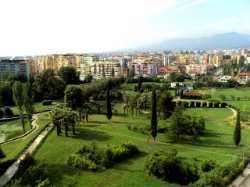 Botanical Garden of Tirana
Botanical Garden
Botanical Garden of Tirana
Botanical Garden
 Kalaja e Tiranës
Castle
Kalaja e Tiranës
Castle
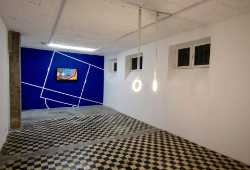 Bazament Art Space
Gallery
Bazament Art Space
Gallery
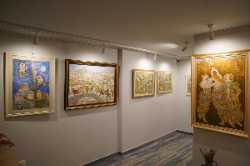 Gallery 43
Gallery
Gallery 43
Gallery
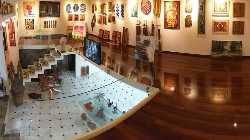 Art Gallery E. Rira
Gallery
Art Gallery E. Rira
Gallery
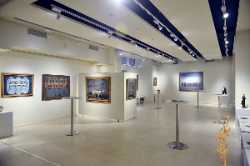 Kalo Gallery
Gallery
Kalo Gallery
Gallery
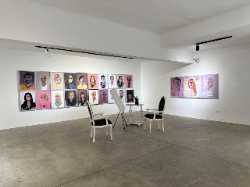 FAB Gallery
Gallery
FAB Gallery
Gallery
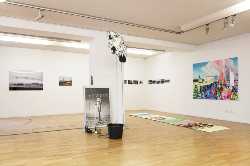 ZETA Center for Contemporary Art
Gallery
ZETA Center for Contemporary Art
Gallery
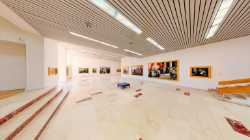 Galeria Kombëtare e Arteve
Gallery
Galeria Kombëtare e Arteve
Gallery
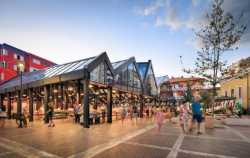 New Bazaar
Market
New Bazaar
Market
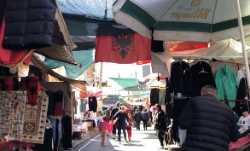 Tregu Çam
Market
Tregu Çam
Market
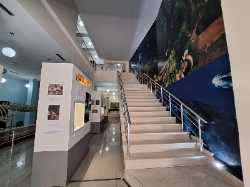 Museum of Natural Sciences Sabiha Kasimati
Museum
Museum of Natural Sciences Sabiha Kasimati
Museum
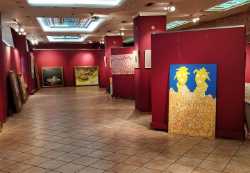 Mezuraj Museum
Museum
Mezuraj Museum
Museum
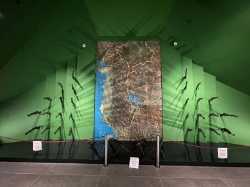 Armed Forces Museum
Museum
Armed Forces Museum
Museum
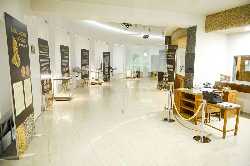 Museum of the Bank of Albania
Museum
Museum of the Bank of Albania
Museum
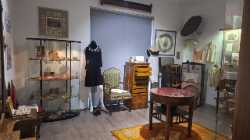 MiG - Women's Museum
Museum
MiG - Women's Museum
Museum
 Muzeu Historik Kombëtar
Museum
Muzeu Historik Kombëtar
Museum
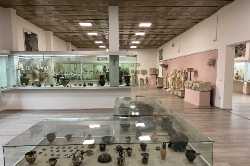 Tirana Archaeological Museum
Museum
Tirana Archaeological Museum
Museum
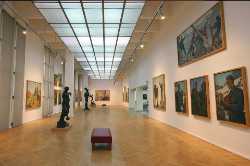 National Gallery of Arts
Museum
National Gallery of Arts
Museum
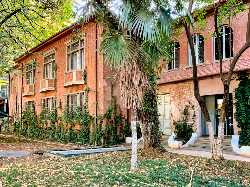 House of Leaves
Museum
House of Leaves
Museum
 Bunk’Art 2
Museum
Bunk’Art 2
Museum
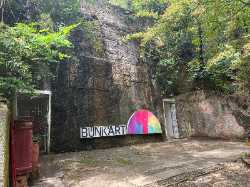 Bunk’Art 1
Museum
Bunk’Art 1
Museum
 National Theatre of Opera and Ballet
Opera House
National Theatre of Opera and Ballet
Opera House
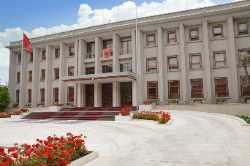 Presidential Palace of Tirana
Palace
Presidential Palace of Tirana
Palace
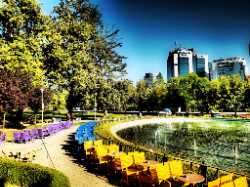 Rinia Park
Park
Rinia Park
Park
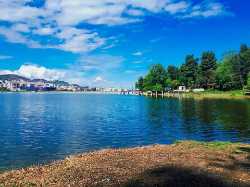 Grand Park of Tirana
Park
Grand Park of Tirana
Park
 Metropol Theatre
Theatre
Metropol Theatre
Theatre
 ArTurbina
Theatre
ArTurbina
Theatre
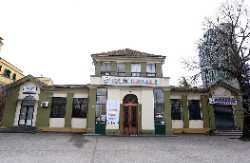 Tirana Puppet Theatre
Theatre
Tirana Puppet Theatre
Theatre
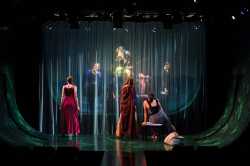 Kujtim Spahivogli
Theatre
Kujtim Spahivogli
Theatre